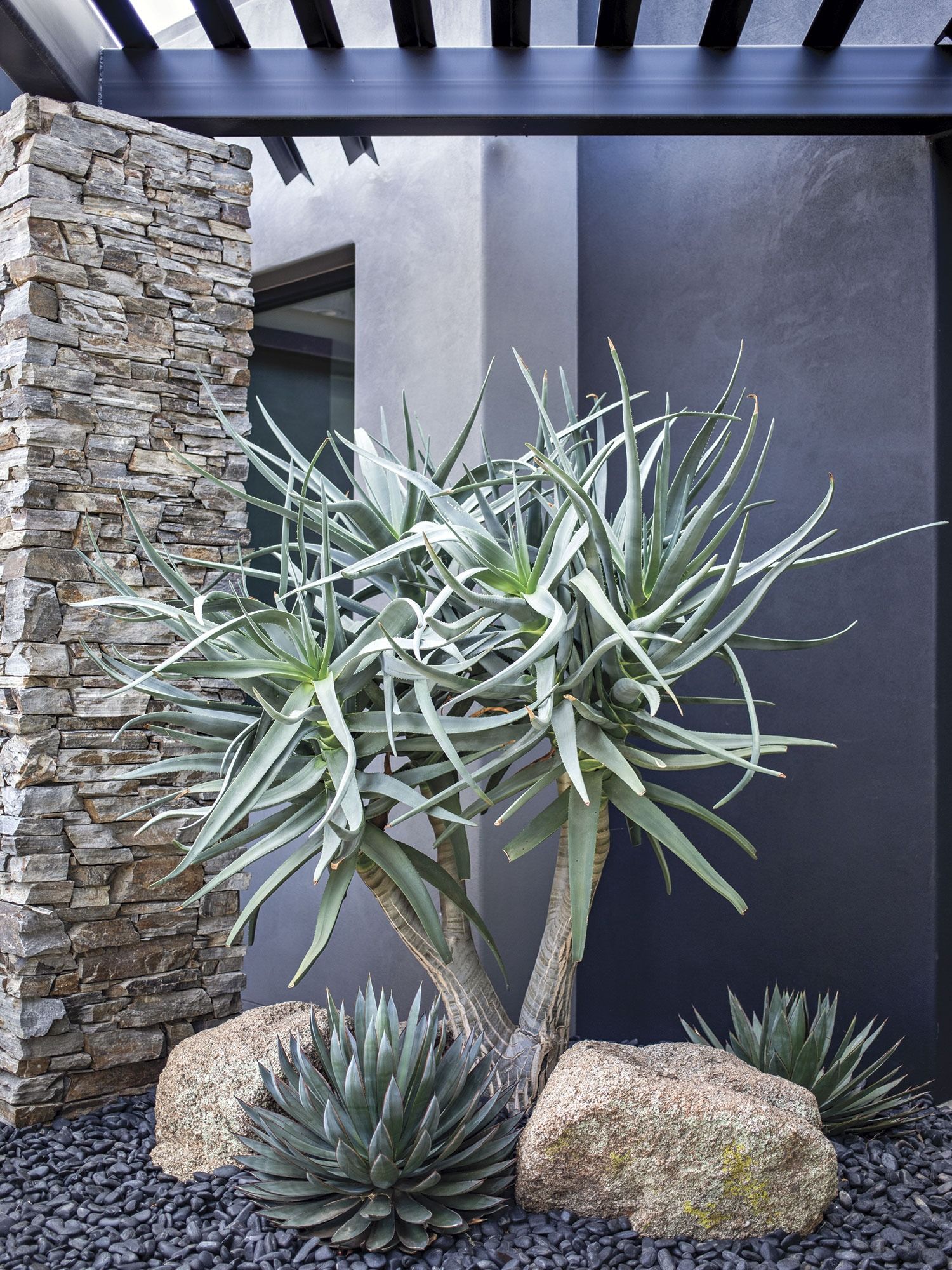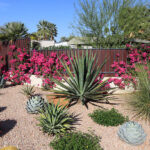Desert landscaping has become increasingly popular in recent years as people seek ways to conserve water and create low-maintenance outdoor spaces. This type of landscaping is well-suited for areas with hot, dry climates, as it utilizes plants that are native to desert regions and require minimal watering.
One of the key principles of desert landscaping is xeriscaping, which focuses on using drought-tolerant plants that can thrive in arid conditions. These plants include succulents, cacti, and native grasses, which store water and require little to no irrigation. By choosing plants that are well-adapted to the local environment, homeowners can reduce their water usage and create a sustainable landscape that is both beautiful and functional.
In addition to selecting the right plants, desert landscaping also involves proper soil preparation and irrigation techniques. Desert soils are often sandy or rocky and may lack nutrients, so it is important to amend the soil with organic matter and mulch to improve water retention and aeration. Drip irrigation systems are commonly used in desert landscapes to deliver water directly to the roots of plants, minimizing evaporation and runoff.
Another important aspect of desert landscaping is hardscaping, which involves using rocks, gravel, and pavers to create visually interesting and low-maintenance outdoor spaces. Hardscaping can help reduce water usage by minimizing the amount of turf or other water-intensive plants in the landscape. It can also provide a practical solution for areas with poor drainage or extreme heat, where traditional landscaping may struggle to survive.
When designing a desert landscape, it is important to consider the layout and placement of plants to maximize water efficiency and create a cohesive, visually appealing design. Grouping plants with similar water and sunlight requirements together can help reduce water waste and simplify maintenance tasks. Incorporating shade structures, such as pergolas or awnings, can also help protect plants from intense sunlight and reduce water evaporation.
Overall, desert landscaping offers a practical and sustainable solution for homeowners looking to create a beautiful outdoor space while conserving water and minimizing maintenance. By following xeriscaping principles, selecting drought-tolerant plants, and using water-efficient irrigation techniques, homeowners can enjoy a vibrant and thriving landscape that is well-suited to the unique challenges of a desert climate.













